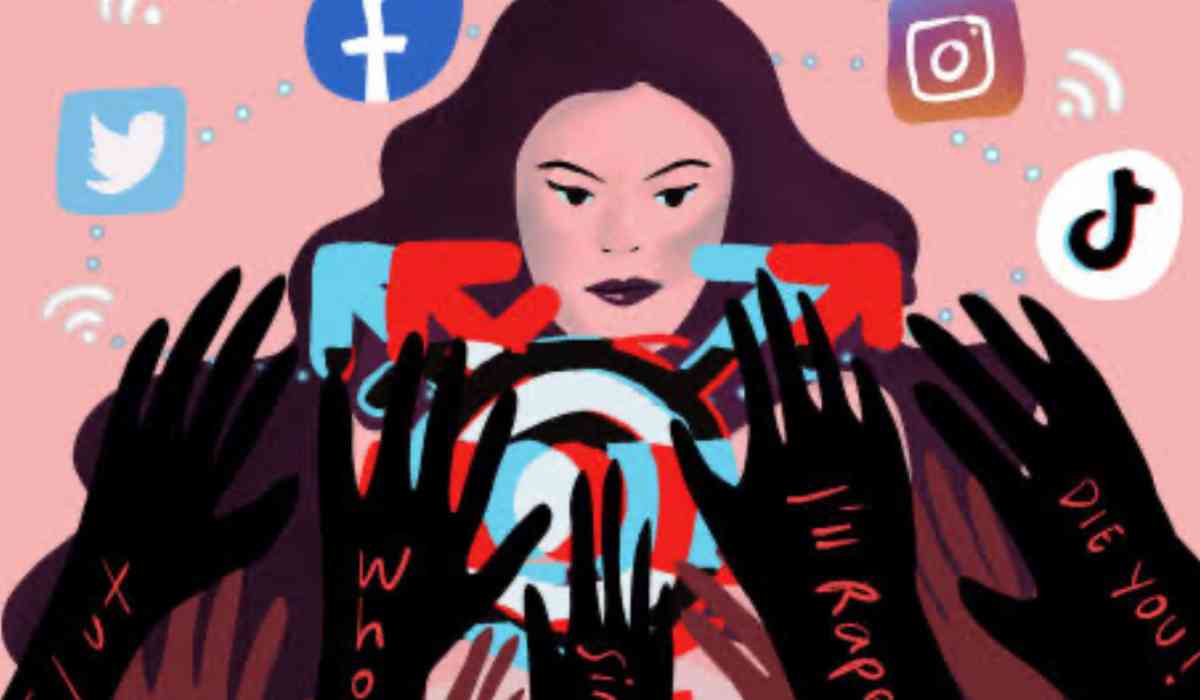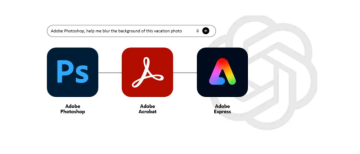Women can now meet, share experiences, and build careers in completely new ways thanks to the internet. Social media sites like Instagram have created a thriving culture of influencers, giving women a place to show off their skills, make friends, and even make money. On the other hand, Twicsy's latest study reveals a concerning trend: deepfake pornography targets over 94% of female Instagram influencers. This startling statistic exposes the dark side of the online realm, where new technologies enable the exploitation and harassment of women.
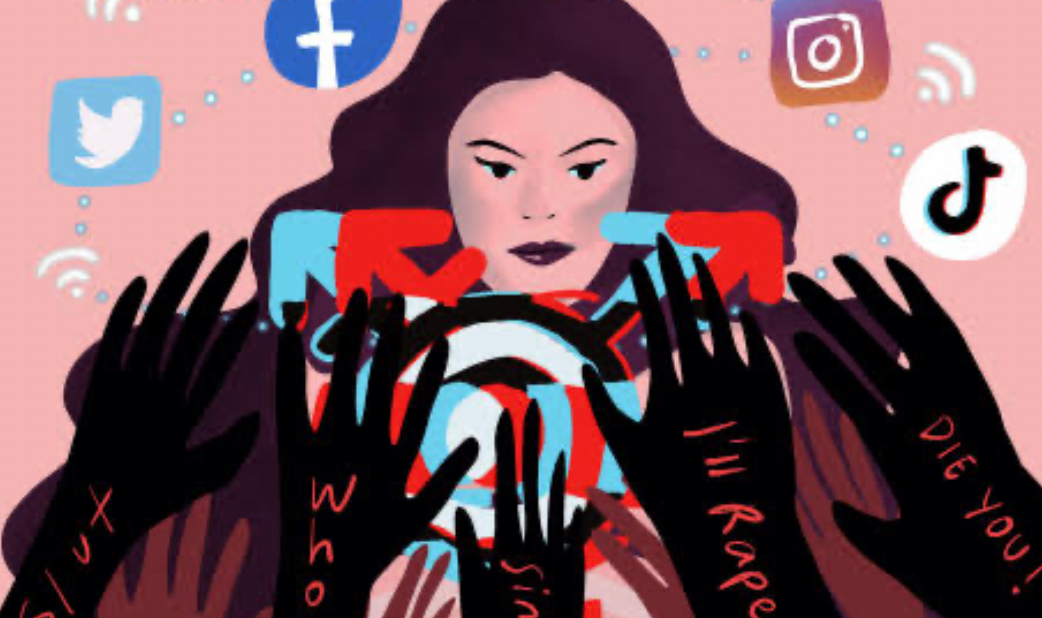
A Two-Edged Sword for the Empowered Woman Online
There's no doubt that the web has made women stronger. You can create your own brand, showcase your artwork, and meet people who share your interests on sites like Instagram. Women who own businesses use social media to get the word out about their businesses, find new customers, and question traditional gender roles. Influencers use these sites to support social problems, help people accept themselves, and inspire others.
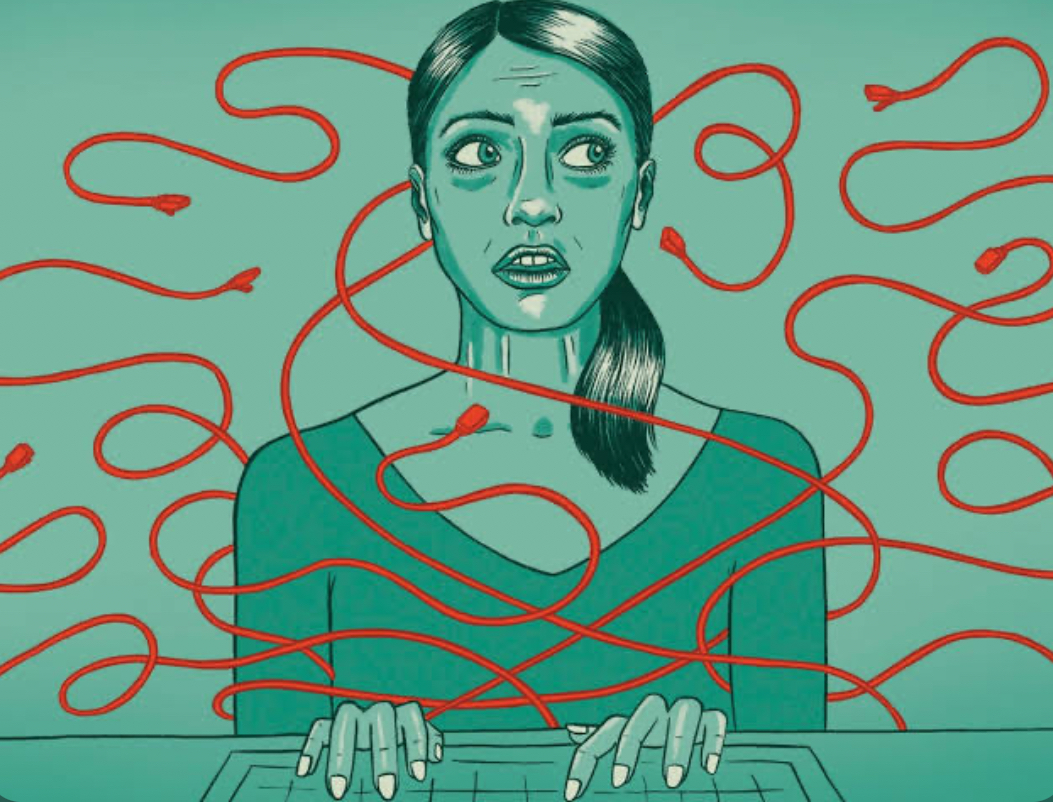
However, the same factors that empower women also expose them to risks that men do not. If you feel like you have to always look your best online, it can be hard on your feelings. Women are more vulnerable to online harassment, stalking, and body-shaming due to the inability to conceal their names on these sites. Deepfakes have made it possible to use pictures of women in a new way to hurt them.
Deepfakes are the worst thing about technology
Artificial intelligence (AI) technology called "deepfakes" can change video and audio recordings to make it look like people said or did things that they didn't. Most of the time, these videos are very effective, making it hard to tell the difference between fact and fiction. Deepfakes can serve both creative purposes like satire or movies, as well as harmful and dangerous activities.
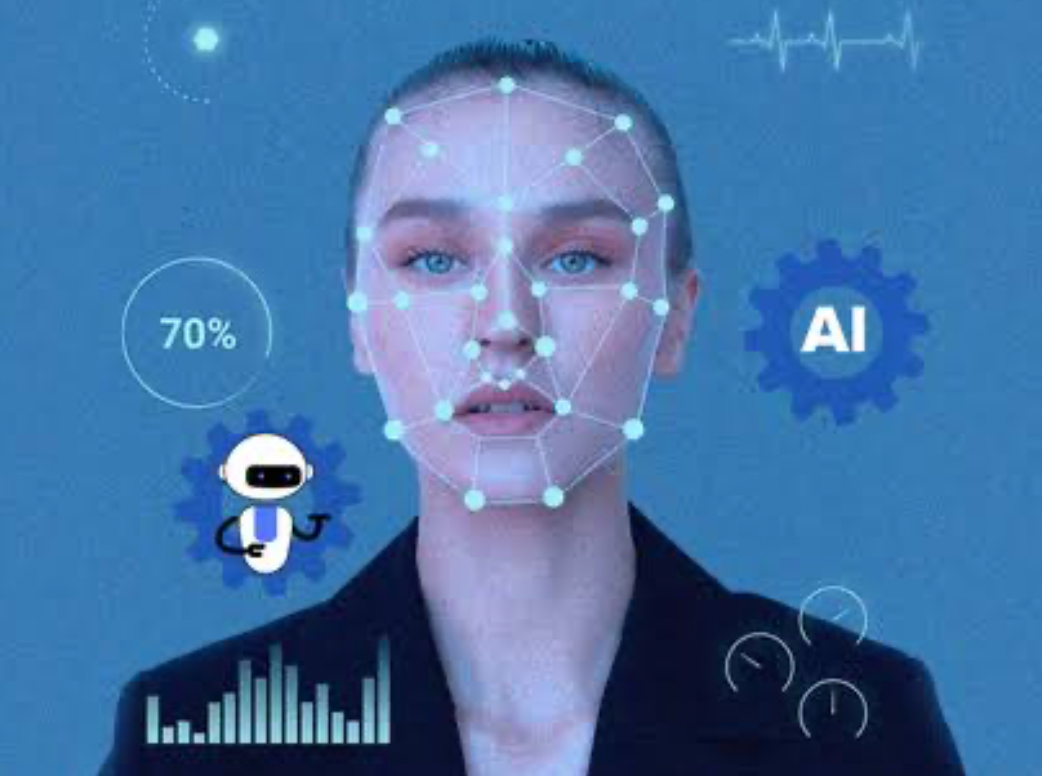
People who make deepfakes often make explicit pornography with the bodies of other people and the faces of female leaders on top of them. This invades their privacy and could cause them emotional pain, damage to their image, or even a loss of money.
How can women afford to become victims of deepfakes?
The Twicsy report reveals several factors that increase the likelihood of women encountering deep-fake pornography.
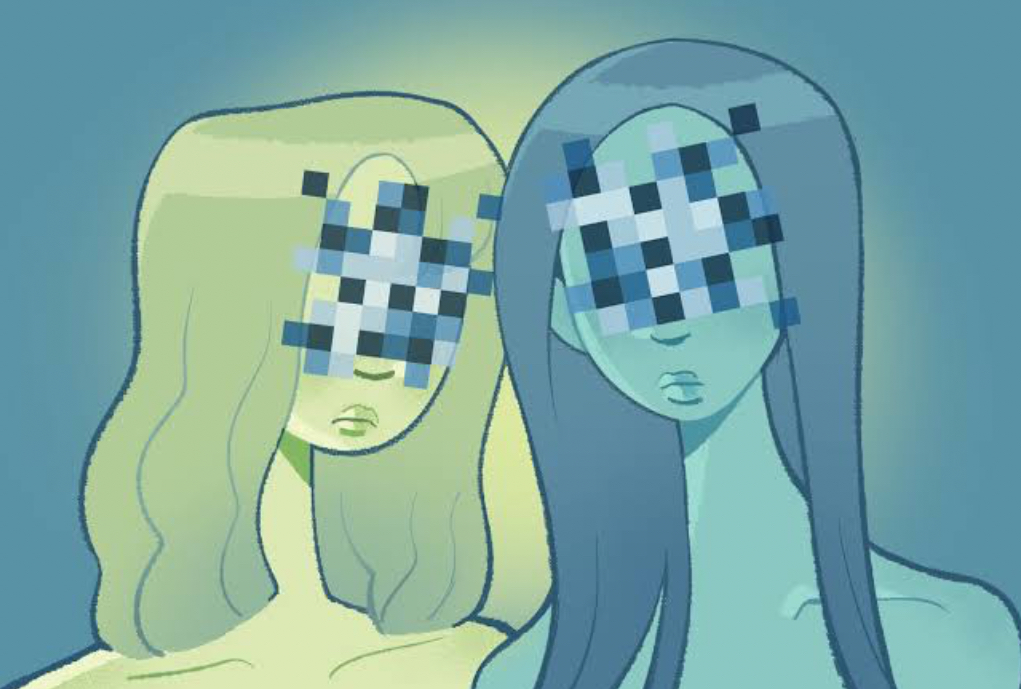
Dependence on the Platform: Instagram targets female influencers more frequently (94%), compared to sites like Twitter (12%) and YouTube (56%). This illustrates the ease with which hackers can produce deep fakes using image-based systems.
Number of followers: We discovered a correlation between the number of fans and the likelihood of targeting. For every 10,000 fans you get, the risk increases by 15.7%. This indicates that individuals with larger followings may be more vulnerable to attacks, as they perceive them as more accessible due to their wider reach.
Industry Focus: There is a higher chance for women who work in fashion (85% more likely), entertainment (82% more likely), and beauty (81% more likely). This could be due to the fact that these influencers' visual material is easy to find, making them easier to target for deepfakes.
How it made them feel: It's impossible to say enough about how deeply fake pornography affects the people who see it. Deepfake pornography can be very upsetting to watch, invade people's privacy, and hurt your image.
Taking on the Threat: Answers and a Way Forward

There are several ways to deal with the problem of deep-fake pornography.
Tech firms need to do their part: Social media sites like Instagram need to invest in better technology to find and remove fakes. It is critical to actively monitor content and teach users about deepfakes.
Legislative measures: To stop people from making and sharing deep-fake pornography, governments should think about making the laws more strict. Governments should punish creators and marketers and provide victims with legal recourse.
Getting People to Know: It is important to make both leaders and regular people more aware of deepfakes. Users can learn how to spot deepfakes through educational efforts, which can also give female influencers the power to protect themselves on their own. This can mean using privacy settings and adding material other than pictures.
Helping the community: It is very important to build strong online groups where women can share their stories and help each other. Making a safe space for open conversation can help victims feel less alone and give them the confidence to report deepfakes.

The way ahead
Deepfakes are a difficult problem in a digital world that changes quickly. If tech companies, policymakers, and the online community work together, they can make the internet a better place for women to be.
Image Source: Multiple Agencies
Inputs from Agencies
© Copyright 2024. All Rights Reserved Powered by Vygr Media.

